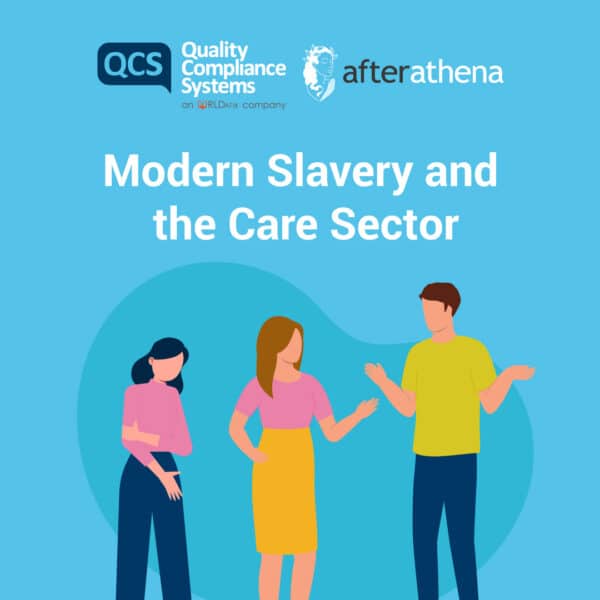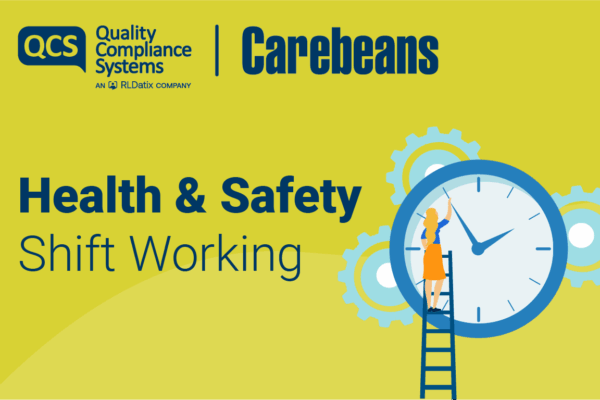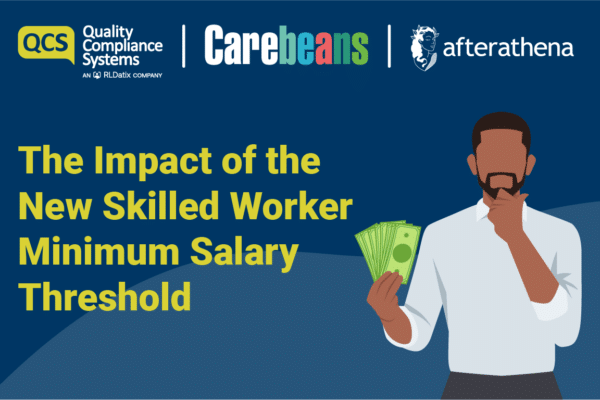Download our factsheet on ‘Modern Slavery and the Care Sector’ from our partner, AfterAthena, here
DOWNLOAD NOW
Alternatively, read it here:
The term ‘slavery’ may not immediately jump into your thoughts to be a common issue, especially not in today’s day and age, however modern slavery is an issue which spans far and wide from the clothes we buy and wear, to the individuals who look after our loved ones.
Modern slavery is when an individual is exploited by others for personal or commercial gain. Whilst there are many types of modern slavery, the focus of this article will primarily focus on forced labour, how to identify it and how to prevent it.
Forced labour is defined as “all work or service which is exacted from any person under the threat of a penalty and for which the person has not offered themselves voluntarily”.
This is where victims are threatened or physically forced into working for a person or a business and typically, they can be required to work very long hours, for very little to no pay.
In 2022, one helpline saw a rise in potential forced labour victims in the care sector. In 2021 the helpline identified 106 potential victims, compared to 708 in 2022, which is an increase of 707.9%. Between January and March 2023, 109 victims have been identified and this is twice as many as the same period for 2022.
It is reported that the sharp increase in victims of modern slavery within the care sector is due to the government making it easier for social care staff from overseas to work in the UK since Brexit’s implementation, due to the recruitment crisis the sector was experiencing.
Therefore, it is worth considering how members of the care sector can help each other and be alert to the risk of modern slavery. Some of the following examples are signs which could help to identify potential victims:
- Isolation – minimal interaction with others, unfamiliar with their surroundings and the local area
- Restricted freedom of movement – few personal possessions and a lack of documents allowing them to travel, such as passports and ID
- Reluctance to seek help – avoiding eye contact, hesitant to talk to others, fears law enforcers
- Physical appearance – signs of physical/psychological abuse, looks malnourished or unkempt
In addition to spotting the signs of modern slavery, there are a number of ways in which employers can take action to prevent modern slavery in the workplace:
- Boost knowledge and awareness – this can be achieved by offering training and opening discussions about the problem to your workforce. Consider a modern slavery statement and/or company policy on the subject
- Create an environment which nurtures participation and action – remind employees of the signs of modern slavery listed above and what they should do if they are concerned about a colleague
- Complete a thorough recruitment process – make sure all prospective employees have a right to work in the UK and that they also have the supporting documentation prior to employment commencing
If you have any questions relating to modern slavery in the workplace and the steps you can take to make your staff aware of this issue, please do not hesitate to contact a member of the AfterAthena team.






